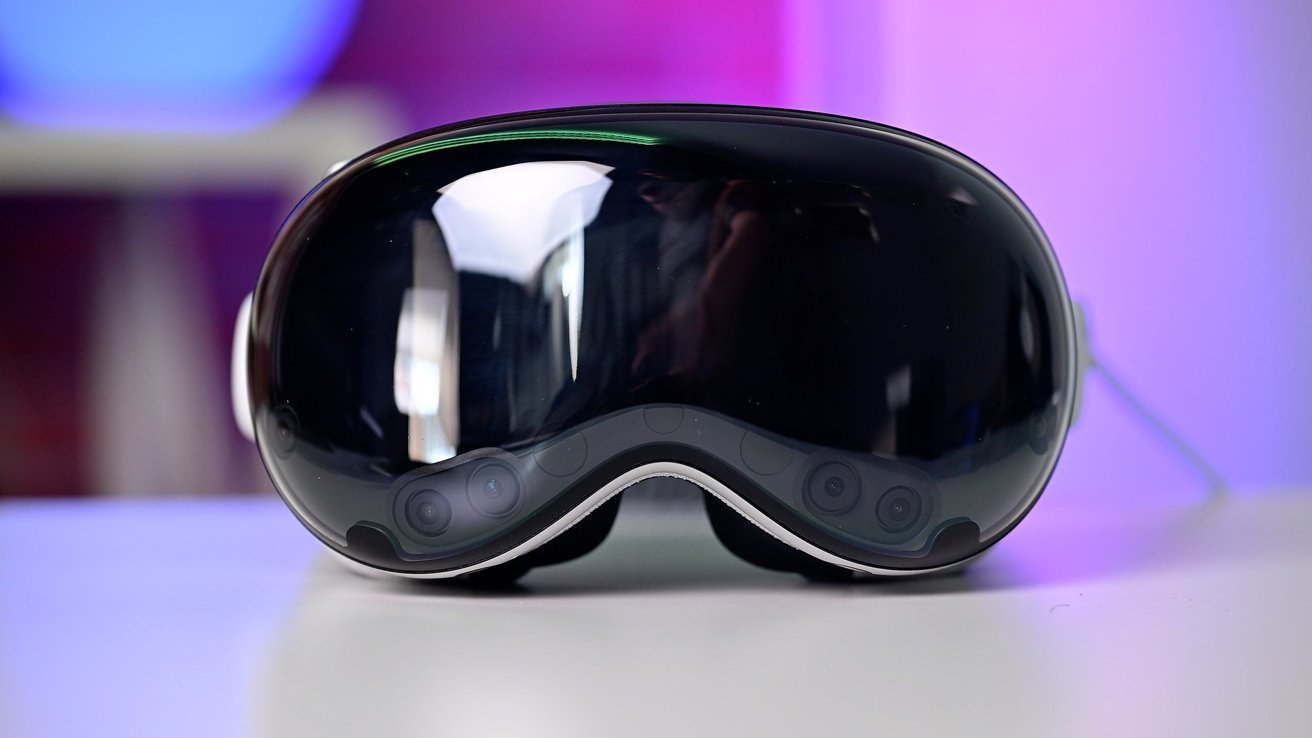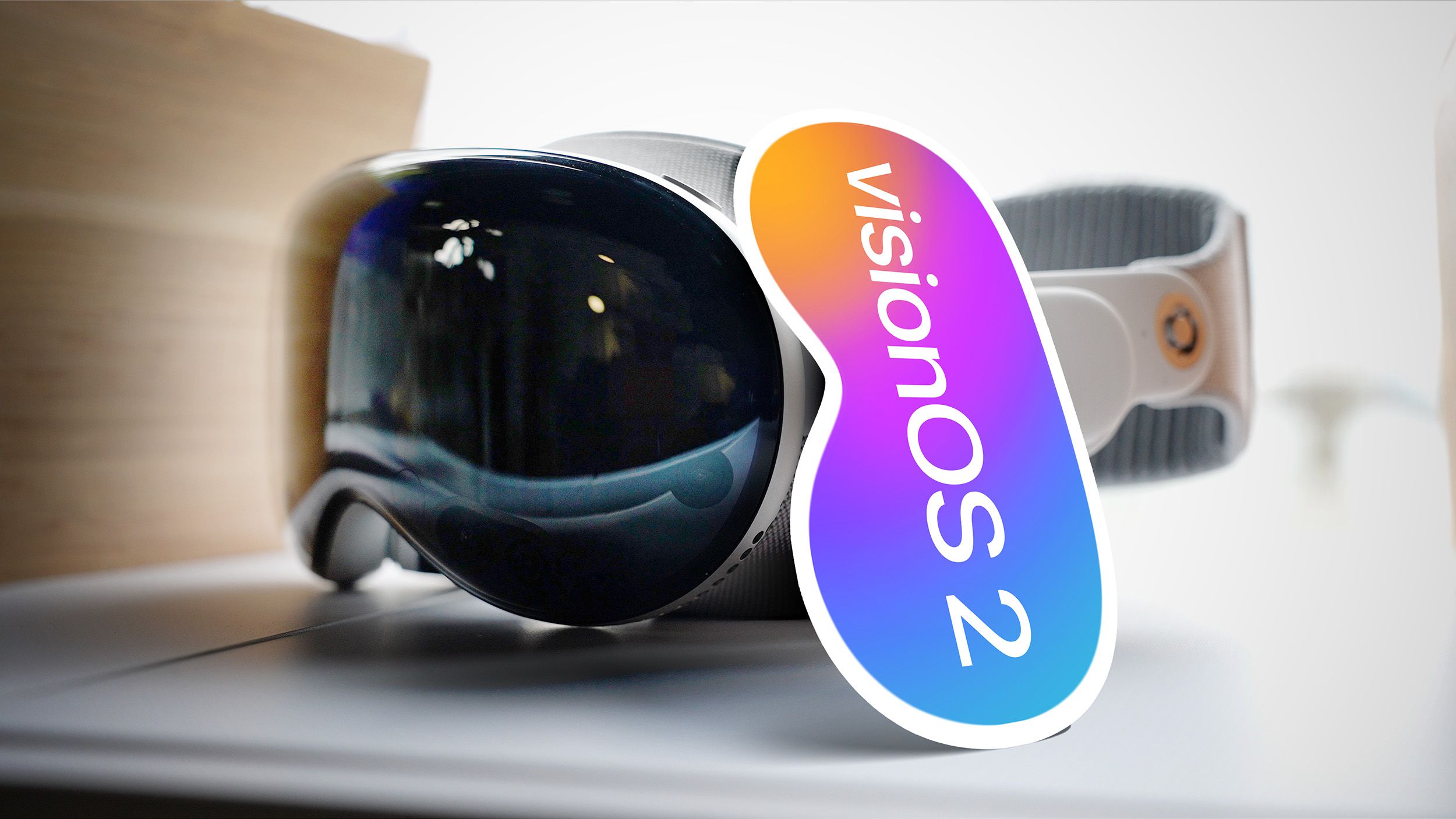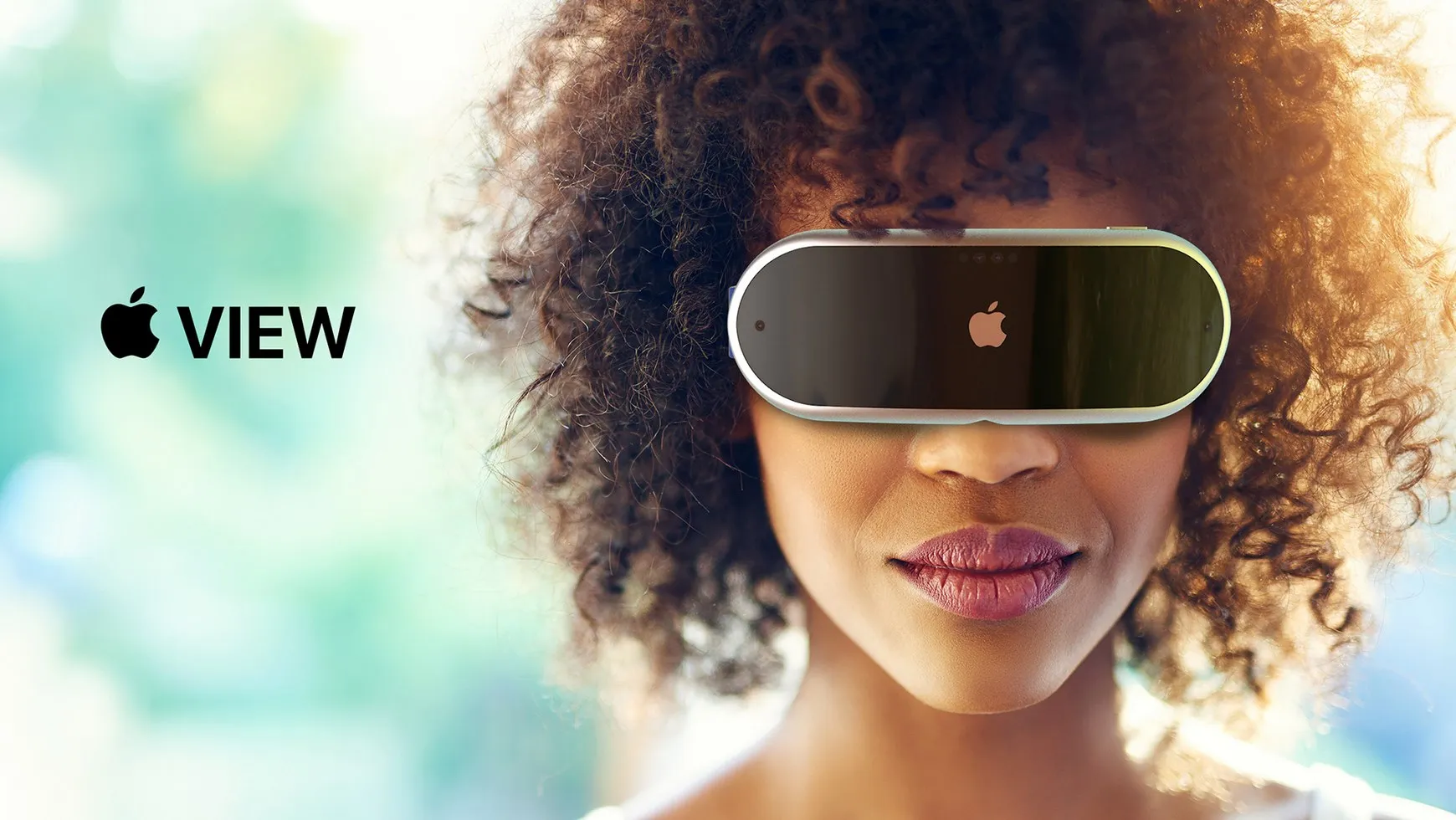It’s been a whole year since the Apple Vision Pro, a fancy AR/VR headset that costs $3,500, was released to the public. This high-tech gadget hasn’t sold as well as expected, which isn’t surprising because of its steep price. Apple’s CEO, Tim Cook, called it a product for those eager to jump into future tech.
Recent whispers suggest that Apple might stop making the current Vision Pro by the end of 2024. But don’t worry, they’ve got enough stock for now, and they’re already looking at creating a new version possibly this year.
What’s Next for Vision Pro?
There was talk about a second-generation Vision Pro, but those plans seem to be on hold. Instead, Apple seems more focused on bringing out a cheaper model.
A Small Update Coming Soon?
Instead of a major new model, we might just see a little update this year. Analysts like Ming-Chi Kuo and Mark Gurman think this update could include the new M5 chip, which would be better than the M2 in the current model. This could mean better performance, maybe even bringing the advanced Siri features from Apple’s other devices to the Vision Pro.
However, don’t expect big changes in how it looks or other major features. Apple might just use up leftover parts from the first model. Adding 5G could be on the table, but it’s uncertain if this update will include it or if they’ll save it for a bigger release.
A Cheaper Vision Pro?
Apple is interested in making a less expensive version of the Vision Pro, aiming for a price closer to that of a top-end iPhone. But this won’t happen soon; the earliest we might see this is 2027. Cutting costs while keeping quality is tricky, especially with the display. They might use cheaper materials and less powerful chips, and might even skip some features like the EyeSight display.
What About Apple Glasses?
There was an idea for lightweight AR glasses that would work with a Mac, but that project was dropped. Apple still dreams of AR glasses that don’t need to connect to another device for power, but they’re waiting for technology to catch up before trying again.
So, while we’ve celebrated a year with the Vision Pro, Apple is slowly steering towards making it more accessible and advanced, but patience will be key.







